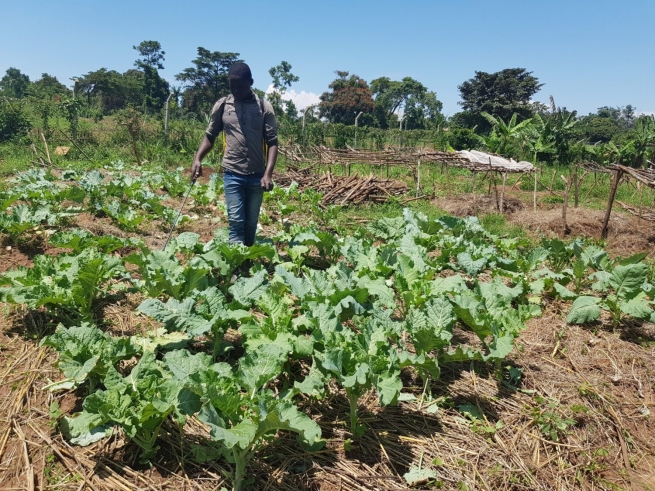The new school will feature areas for livestock as well as land for growing staple crops like maize, sweet potatoes and other vegetables. The harvest from these crops will help bolster the school’s feeding programs for its students. Students will also learn how to run an agribusiness to sell the surplus.
A Salesian explained, “The school will focus on teaching students sustainable and environmentally friendly farming techniques. They will have practical and hands-on lessons that will also incorporate education on agribusiness. Salesians will also focus on agriculture research, experimentation and innovation. The bonds between the school and the local community will strengthen through these agriculture initiatives.”
Nearly 21% of the population in Uganda lives below the poverty line, according to the World Bank. This number rises to 33% for those living in the northern region where poverty is greatest. While the country has seen some economic growth as well as improvement in its U.N. Human Development Index ranking over the last 20 years, the country still ranks near the bottom at 159 out of 193 countries. After decades of war left many displaced, the people of Uganda face many significant challenges as they work to rebuild their country.
Uganda’s literacy rate has improved with 73% of the population literate, but only 23% of Ugandans go on to acquire a secondary education. According to UNICEF, one of the biggest challenges in the country is combating the serious increase of HIV/AIDS that has left millions of children orphaned.
Source: Mission Newswire


